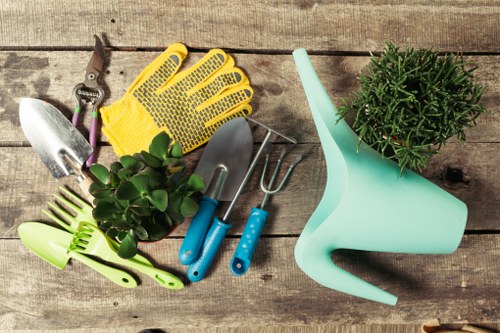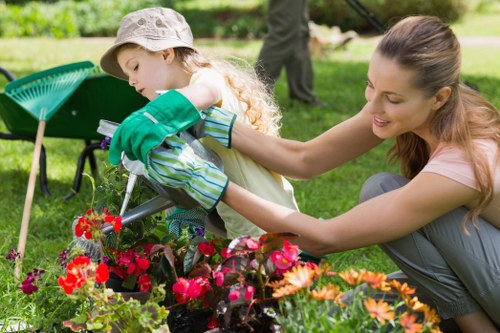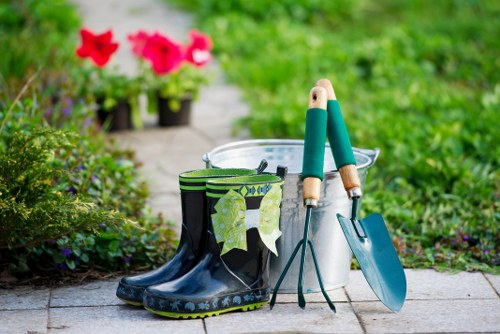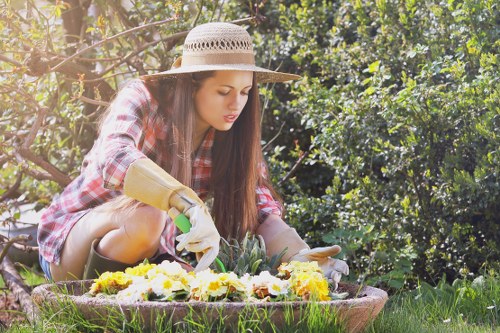The Art and Science of Gardening Bows

Gardening bows are elegant structures that add both aesthetic and functional value to any garden space. Whether you're aiming to create a romantic walkway or a sturdy support system for climbing plants, understanding the different types of gardening bows can transform your outdoor area into a picturesque haven.
In this article, we delve into the various materials used in crafting gardening bows, the benefits they offer, and innovative design ideas to inspire your next garden project. From traditional wooden bows to modern metal constructs, the possibilities are endless.
Choosing the right gardening bow involves considering factors such as climate, garden size, and the types of plants you wish to support. This comprehensive guide will help you make informed decisions to enhance your gardening experience.

Types of Gardening Bows:
- Wooden Bows: Classic and versatile, wooden bows blend seamlessly with natural garden environments.
- Metal Bows: Durable and strong, metal bows are ideal for supporting heavier plants and withstand various weather conditions.
- Vinyl Bows: Low-maintenance and easy to install, vinyl bows are perfect for those seeking a hassle-free gardening solution.
Each type of gardening bow comes with its unique set of advantages, making them suitable for different gardening styles and plant types.
Wooden bows, for instance, are excellent for supporting roses, climbers, and other flowering plants, providing a sturdy framework that encourages healthy growth.

Benefits of Using Gardening Bows:
Enhanced Aesthetics: A well-placed gardening bow can serve as a focal point in your garden, adding charm and beauty.
Improved Plant Health: Supporting plants properly helps prevent breakage, improves air circulation, and promotes optimal growth.
Space Optimization: Gardening bows allow you to utilize vertical space, making them ideal for small gardens or limited areas.
Additionally, gardening bows can be customized to match the overall design theme of your garden, whether it's rustic, modern, or traditional.

Design Ideas for Gardening Bows:
Integrating a gardening bow into your landscape design can elevate the overall look and functionality of your garden. Here are some creative ideas to consider:
- Arched Entrances: Create a welcoming entrance to your garden with an arched bow adorned with climbing roses or ivy.
- Pergolas: Extend the concept of a bow into a pergola structure, providing shade and a framework for various plants.
- Decorative Accents: Use smaller bows as decorative elements around flower beds or pathways to enhance visual appeal.
These design ideas not only add beauty but also increase the utility of your garden space.
Incorporating lighting elements, such as string lights or lanterns, can further enhance the ambiance created by your gardening bow during evening hours.

Maintenance Tips for Gardening Bows:
To ensure the longevity and effectiveness of your gardening bow, regular maintenance is essential. Here are some tips to keep your structures in top condition:
- Regular Inspections: Check for any signs of wear, damage, or instability, especially after severe weather conditions.
- Cleaning: Remove debris, such as leaves and twigs, to prevent rot in wooden bows or rust in metal structures.
- Reinforcement: Tighten any loose fittings and reinforce supports as needed to maintain structural integrity.
By following these maintenance practices, you can extend the life of your gardening bow and ensure it continues to enhance your garden's beauty.

In conclusion, gardening bows are a versatile addition to any garden, offering both functional support for plants and enhancing the overall aesthetic appeal. By selecting the appropriate type, implementing creative design ideas, and maintaining your structures, you can create a stunning garden space that thrives year-round.
Embrace the elegance and functionality of gardening bows to transform your outdoor area into a beautifully supported and visually captivating sanctuary.
